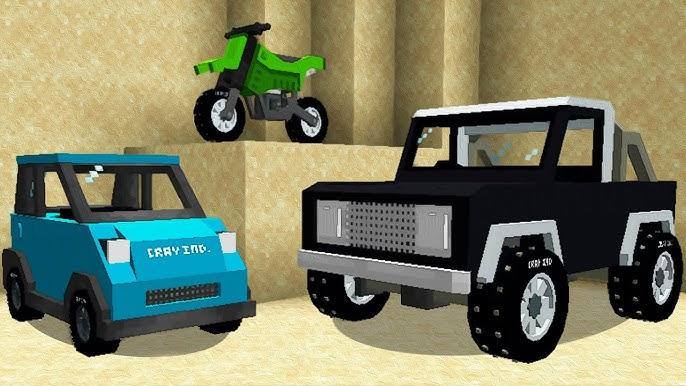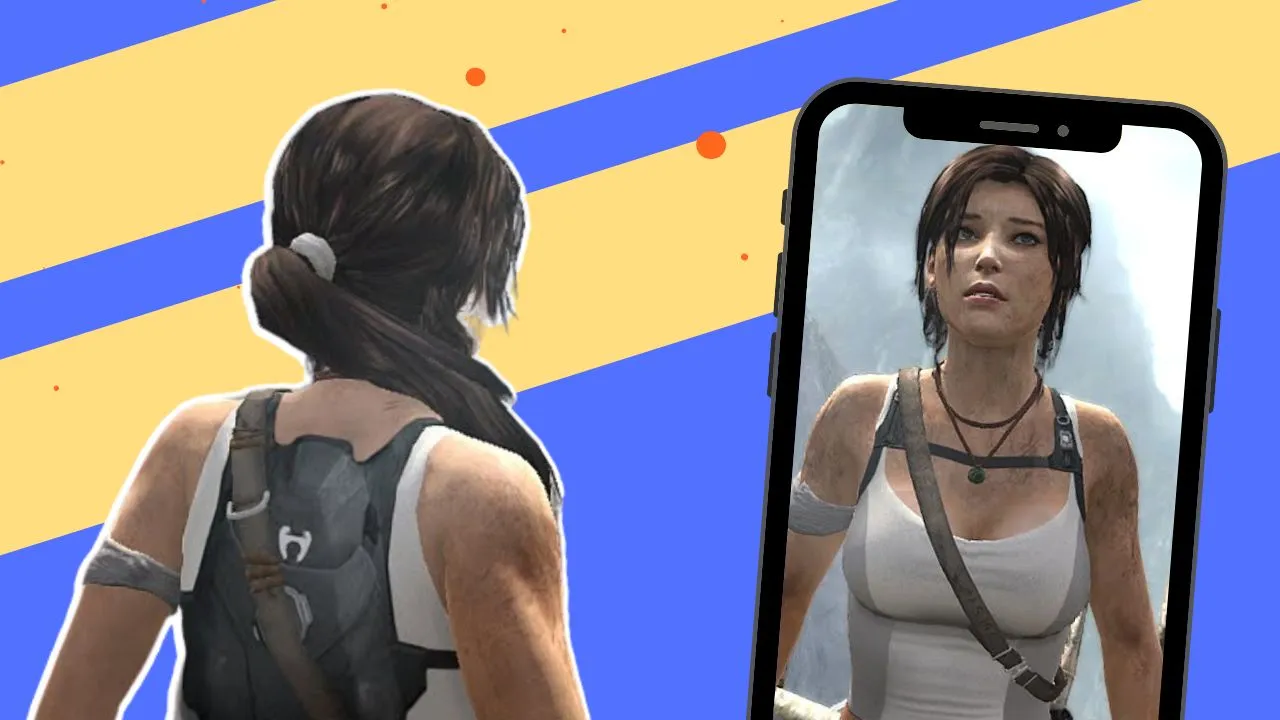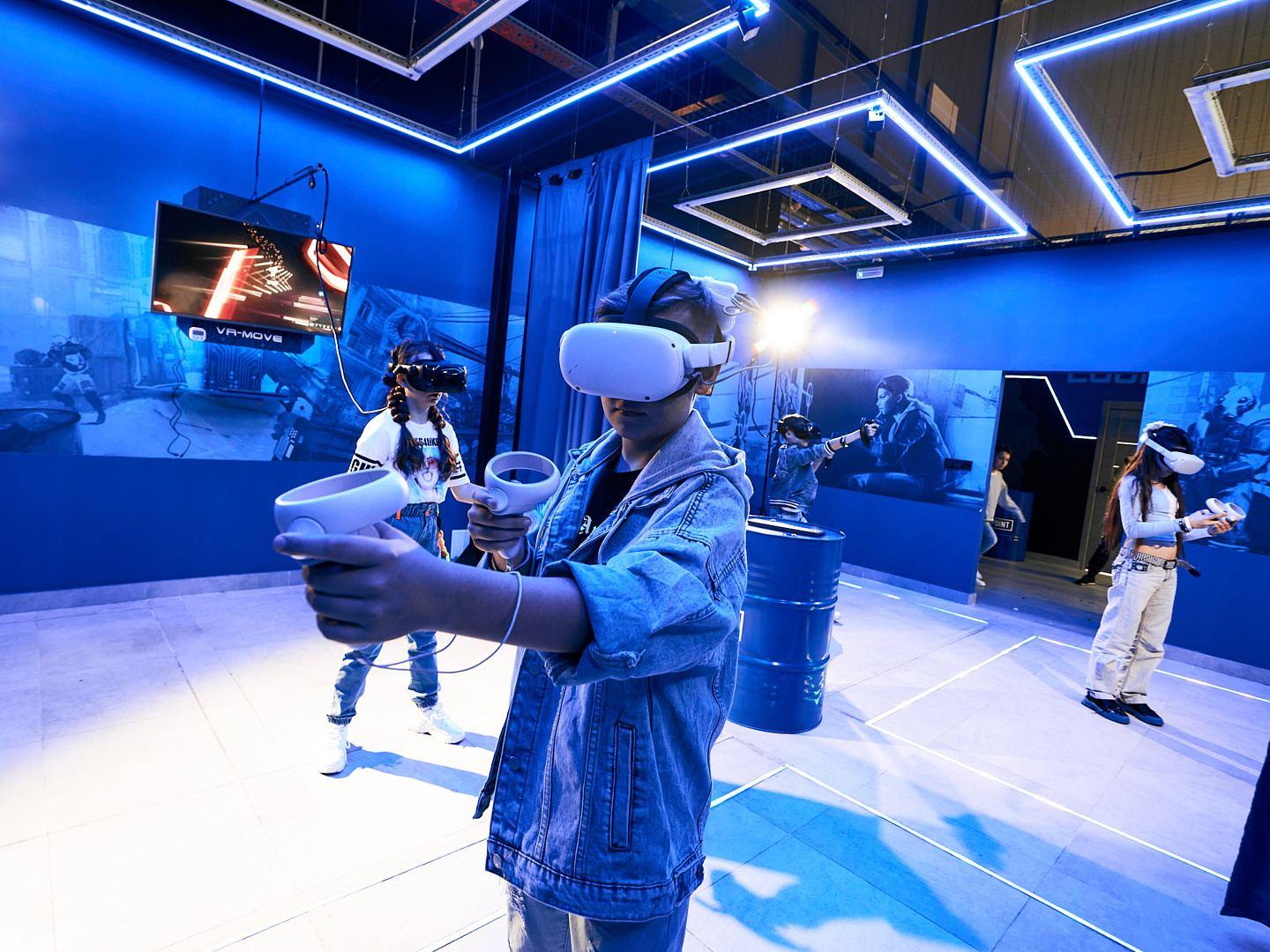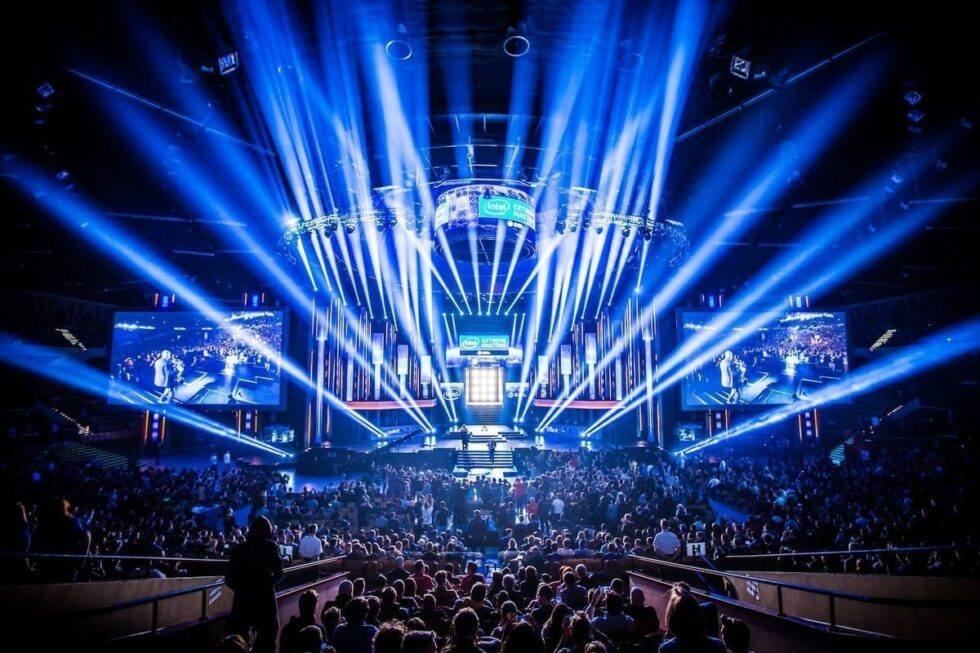Content generation by players

The modern world of games is experiencing a real revolution, where users turn not just into consumers, but into the creators of unique content. When discussing this topic, we cannot but note how user modifications, maps and levels affect the life and development of games. Let's figure out the details and highlight the key aspects of the influence of the generation of content by players.
How do user mods change games?
User mods allow you to give classical game mechanics a new life. Thanks to the creative approach of the players:
- Expansion of functionality: The developers provide basic functionality, on which users impose their imagination. Thanks to this, new missions, game systems and unique gameplay mechanics appear, which then become the basis for further updates.
- Developer community: Players interested in modding are often combined into communities where they share experience, ideas and developments. This allows you to create a dynamic ecosystem around the game, in which everyone can contribute, and beginners can quickly learn important aspects of development.
- Adaptation to audience needs: Development of mods occurs in mode as close to the expectations of players. This allows you to quickly correct the disadvantages, add demanded elements and make the game more flexible for everyone.
Impact of user maps and levels on the life of games
User maps and levels play an important role in the formation of game experience. They affect the variety and duration of interest in products, offering many unique solutions:

- A variety of scenarios: Each new level is an experimental site on which players can try such a variety of tactical and strategic approaches. This not only increases reigree, but also stimulates interest in finding new tactics.
- Social interaction: Maps created by players often become the center for organizing online tournaments, joint passages and the exchange of experience. The community actively discusses the nuances of design, difficulty in passing and shares the best decisions, which leads to an increase in the activity and cohesion of players.
- Platform for experiments: User cards allow you to check new ideas that can be useful for official releases. Many developers closely monitor the trends arising in the community and integrate successful innovations in the main product.
Summing up, it is worth emphasizing that the generation of content by players is not just a way to expand functionality, but a whole ecosystem where creativity and interaction become key aspects. If earlier games were created exclusively by developers, today any interested gamer can contribute to the development of your favorite game. This allows not only to prolong the life of the project, but also to make it truly unique and unique.
The future of games, of course, belongs to those who are not afraid to experiment and make changes, demonstrating how even new ideas can become a foundation for new versions of classic works in the world of digital entertainment.

